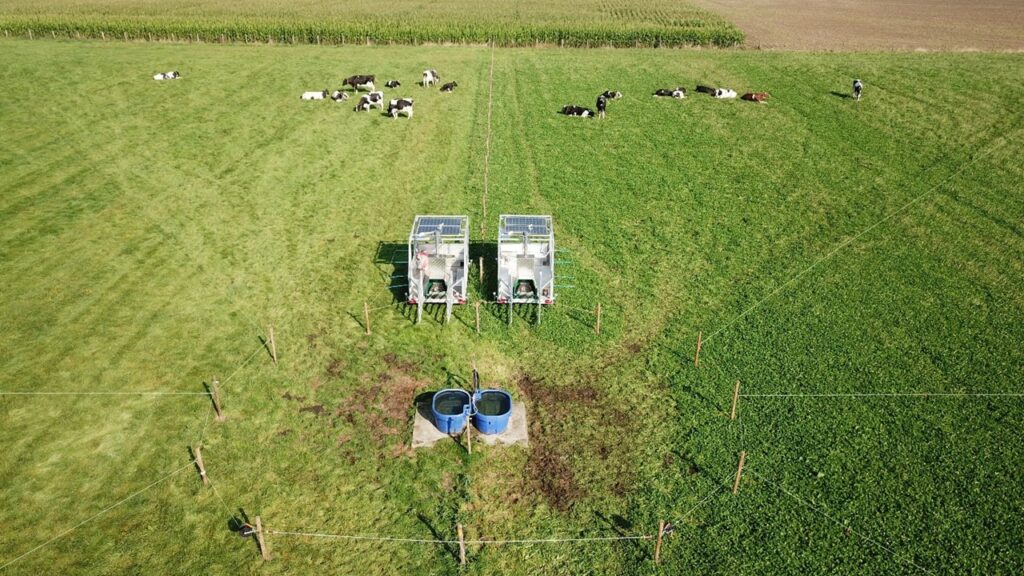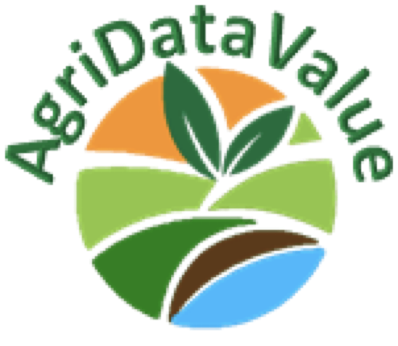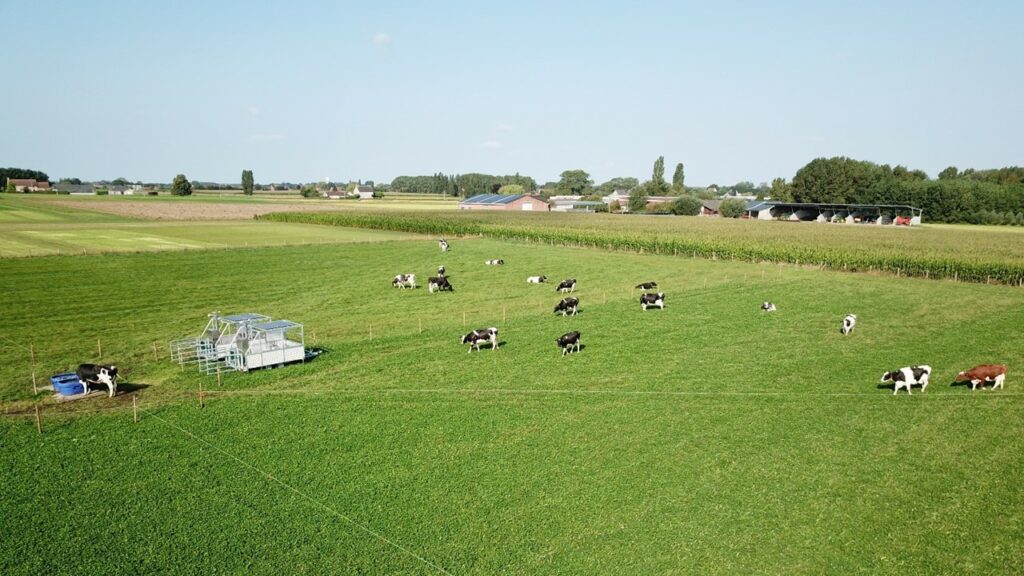Within the AgriDataValue project, the ILVO pilot sites are constantly gathering data. One use case that ILVO is working on concerns reducing greenhouse gas emissions. In case you don’t know, cows produce a lot of methane. How? By burping it up all the time! Cows’ digestive system is designed to digest fibrous feeds such as grass and other plants, something we as humans can’t.
However, it comes with a side effect: cows are burping methane formed as a by-product of the breakdown of fibers in the rumen. As methane is a strong greenhouse gas, the cattle sector is searching for ways to reduce the amount of methane produced by cows. However, measuring methane production from cows is not an easy task, as it requires sophisticated measuring equipment. Regularly performing measurements on commercial farms to check on methane production and the effect of reduction measures is hence impossible. Therefore, an important question arises: Can we predict methane emissions from information we know?
To answer this question, we need to look at the information we have available. What if we use the cow’s general information, such as her age, lactation stage, parity, milk production, and the nutritive values of the feed she eats? For the human eye it is almost impossible to see connections and patterns between these data and methane emissions data. Therefore, we need external help. Luckily, machine learning models might just be the solution we need.
The AgriDataValue platform currently being developed allows to provide these data to train machine learning models capable of predicting the methane emission of a cow. Of course, to train these models, we do need to know the emission data from the cows in these training data. As such, at the beginning of April, ILVO starts yet another trial to look for more ways to reduce enteric methane emissions in a grazing context, and thus, data gathering continues.



